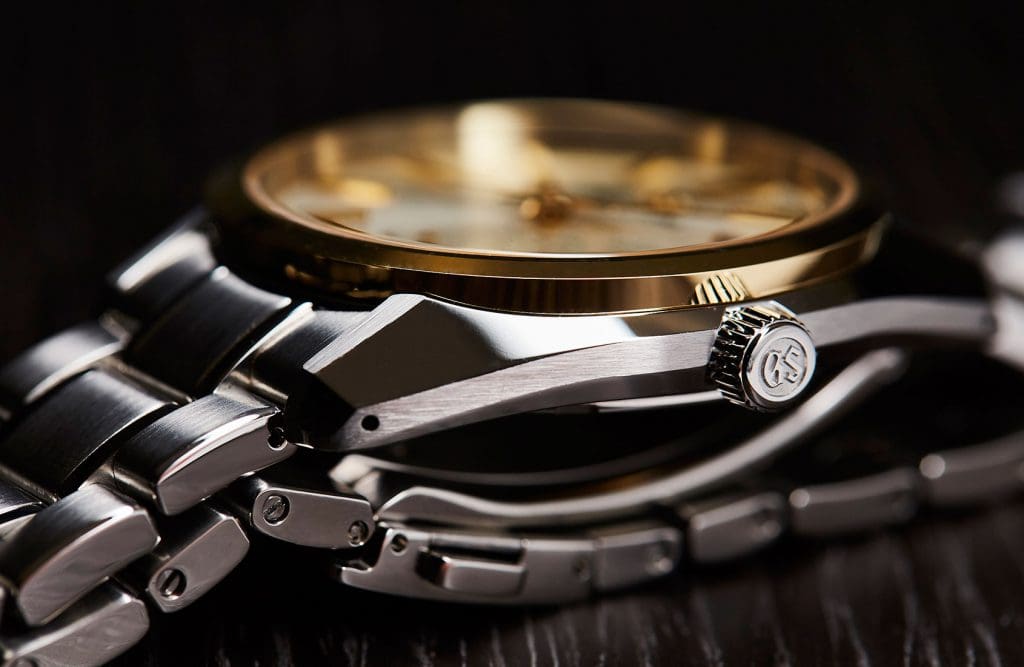What is Zaratsu polishing? Its origins are less Japanese than you think
Nick KenyonSeiko and its Grand sibling are well known for their technical skill in case finishing. This style of highly reflective polishing was first introduced into the Seiko family by watch designer Taro Tanaka, who came into the Japanese company to produce a holistic design language that was called “The Grammar of Design”. One of the main tenants of this design language was for all of the flat surfaces of the watch case and hands to be polished to a mirror finish using a method called Zaratsu polishing.

By maximising the interaction of the light with the flat surfaces of the case, the case gave an impression of extreme precision, with super-crisp case lines, a reflection you could see yourself in. This same method of polishing has been used by Citizen in their higher-end watches, suggesting a fondness for this method of polishing in Japanese watch firms.

In fact, watch companies around the world use broadly similar techniques to achieve this level of polish, with many Swiss watch manufacturers using the term black polishing for a technique they typically use to finish parts of their movements. While not an identical technique between black and zaratsu polishing — with black polishing typically done by hand on a much different scale — both are aimed at reducing any distortions in the surface of the metal to reflect light evenly. The story of zaratsu polishing is phonetic in its origins.

The word zaratsu is actually derived from the German word sallaz, which is phonetically pronounced zarats in Japanese. The early polishing machines that Seiko acquired for their Hayashi Seiki facility in the 1950s were engraved with the name of the machine manufacturer “GEBR.SALLAZ”, or “Sallaz Bros”, giving rise to the name of the polishing technique we know today.
The main difference between the “GEBR.SALLAZ” polishing machine and others is the use of the front of the rotating polishing disk rather than the side, allowing for greater uniformity in application. While the zaratsu technique uses a machine to achieve its uniform polish, this is still no easy task, generally taking years to master before a craftsman is allowed to work on cases that will be sold.





